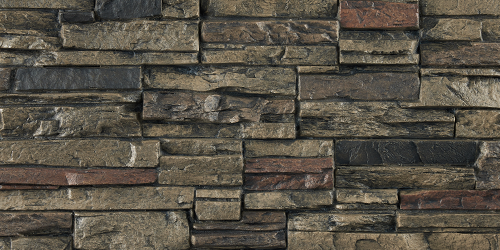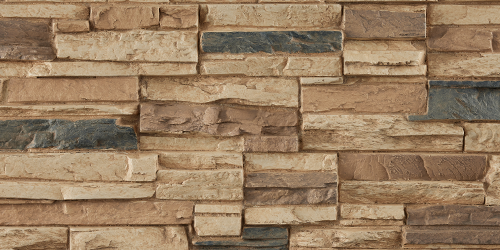ORVIETO - OUR FAUX STACKED STONE COLLECTION
Faux stone paneling is more than just a decorative material that mimics the look of natural stone. It symbolizes innovation and creativity that can transform any space into a masterpiece.
With its lightweight and durable materials, our Orvieto Collection offers an affordable and practical way to enhance the character of your home. This versatile option can be customized to fit your unique style and design preferences.
The possibilities are endless, whether you want to create an accent wall, a cozy fireplace surround, or boost your home’s curb appeal. By choosing faux stone paneling, you can achieve the same stunning look of natural stone without the added costs and hassles.
Get Inspired...
![]() .buttonStyle { width : 60px; height : 20px; -moz-border-radius: 2px; -webkit-border-radius: 2px; }
.buttonStyle { width : 60px; height : 20px; -moz-border-radius: 2px; -webkit-border-radius: 2px; }














